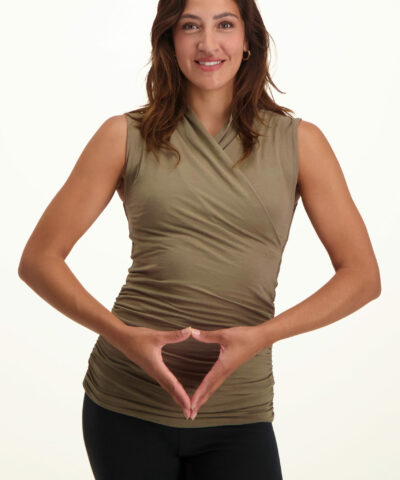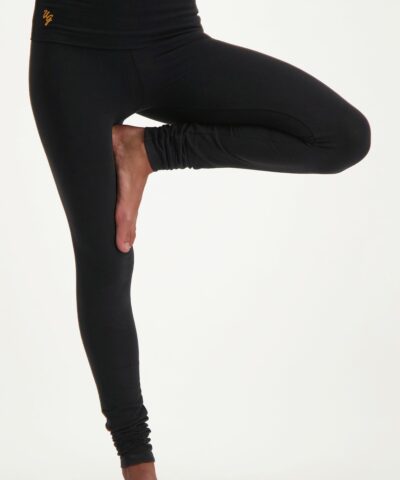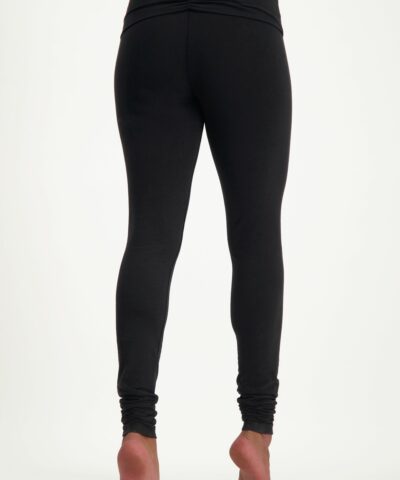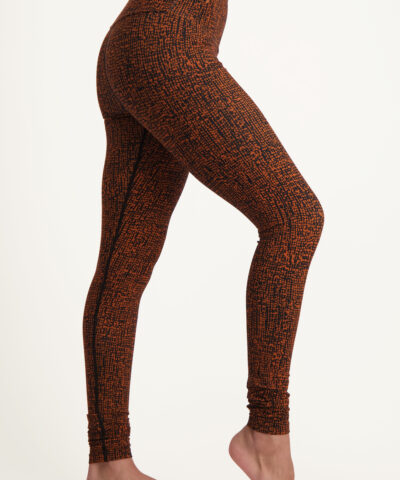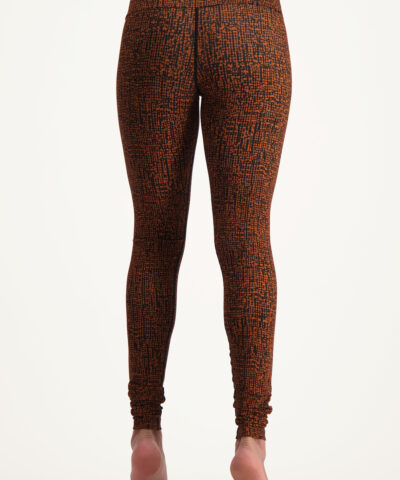Use your drishti (in 9 different ways)
‘Find your drishti, your focus point. Fix your gaze.’ It’s one the most important mantra’s in yoga. Because it’s what makes it a moving meditation, not just a physical practice. Most people only know the tip of the nose, the third eye or the belly button. But did you know you have as many as nine options?
Drishti is the Sanskrit term for sight, direction or focused gaze. It refers to the yoga practice of finding a point of focus where your gaze rests while you hold a certain posture accompanied by meditation. It helps to develop concentration and focus. We humans are predominantly visual creatures, so it’s our nature to look around and let our mind wonder. Even during class we look around us and notice our neighbours haircut (‘love the colour’) or her fancy yoga pants (‘maybe I should go for a print too’). And whoosh, before you know it you’re everywhere but in yoga class. That’s where the drishti comes in, to keep you focused, especially for maintaining balance in difficult one-legged standing postures like vrikshasana (tree pose). Luckily you have 9(!) focus points to help keeping your concentration.
1. The thumbs, or Angusta Ma Dyai drishti. Like when you’re in Urdhva Hastasana (Upward Salute in Sun Salutation) and warrior pose.
2. Tip of the nose, or Nasagrai. One of the most known drishti’s. You use it in asanas like Uttanasana (Standing Forward Fold) and upward facing dog.
3. The hands, or Hastagram drishti. You use it in poses like Trikonasana (Triangle), Utthita Parshvakonasana (Extended Side Angle) and Warrior II.
4. Sideways to the right, or Parshva drishti. Used in seated spinal twists.
5. Sideways to the left, or Parsva drishti. Used in seated spinal twists.
6. Your third eye, Bhrumadhye. Also known as the centre of consciousness. Asanas include Matsyasana (Fish pose), Viparita Virabhadrasana (Reverse Warrior), half camel pose (ardha Ushtrasana) as well as seated meditation.
7. Upward to the sky, or Urdhva or Antara drishti. Look into the infinity or the direction of the stretch without losing your focus can be quite challenging, especially in poses like the balancing half moon. You may also practice this drishti in Utkatasana (Chair pose), Trikonasana (Triangle Pose) or Virabhadrasana I (Warrior I).
8. The navel, or Nabi Chakra. Also referred to as the magic circle and mostly used in the downward facing dog.
9. The toes, or Padayoragram. You use it in poses like Paschimottanasana (Seated Forward Bend) or Janusirsasana (Head to Knee pose).
When using a drishti, do not strain the eyes. There should not be any tension. Always keep the muscles around the eyes and your forehead relaxed and keep a soft gaze.
Image source: Originmagazine.com



